There are a few problems when it comes to building your own sonar from scratch.
- Get hold of the active element required for sonar: the transducer. Transducer material (usually piezo ceramics) is hard to get in small quantities. Usually they are made to order, and a few hundred dollar for a single batch is pretty common.
- Mechanical design of the transducer. Very little information on this is freely available online. Most companies keep the design process to themselves. And there is some design software available, but that's all commercial as well.
- A watertight housing for transducer and electronics. Not a trivial thing. My experience is that it is very hard to keep water out since it tends to creep through the smallest of holes. Extra complication here is that you will also need some way of connecting the electronics to the outside world.
- The electronics. Although that is not very complicated, it does require some specific components like transformer and tuning coils which are also not as easy to get at the average hobby-electronics store.
 Cees Meijer
Cees Meijer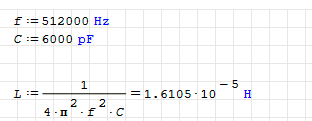 (Calculations done in
(Calculations done in 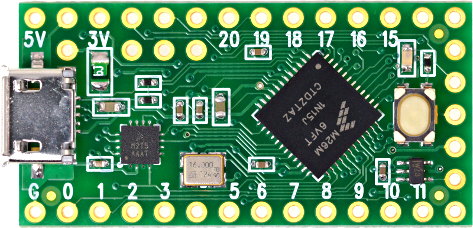 It looks like even the cheapest Teensy, the TeensyLC (yes,LC for Low Cost) might be sufficient for this task. But will it also be able to generate the transmit pulse and necessary control signals ? I will need a 512kHz burst, and some analogue ramp signal for the Time Variable Gain amplifier. And it turns out that this is not just possible, its also very simple.
It looks like even the cheapest Teensy, the TeensyLC (yes,LC for Low Cost) might be sufficient for this task. But will it also be able to generate the transmit pulse and necessary control signals ? I will need a 512kHz burst, and some analogue ramp signal for the Time Variable Gain amplifier. And it turns out that this is not just possible, its also very simple. 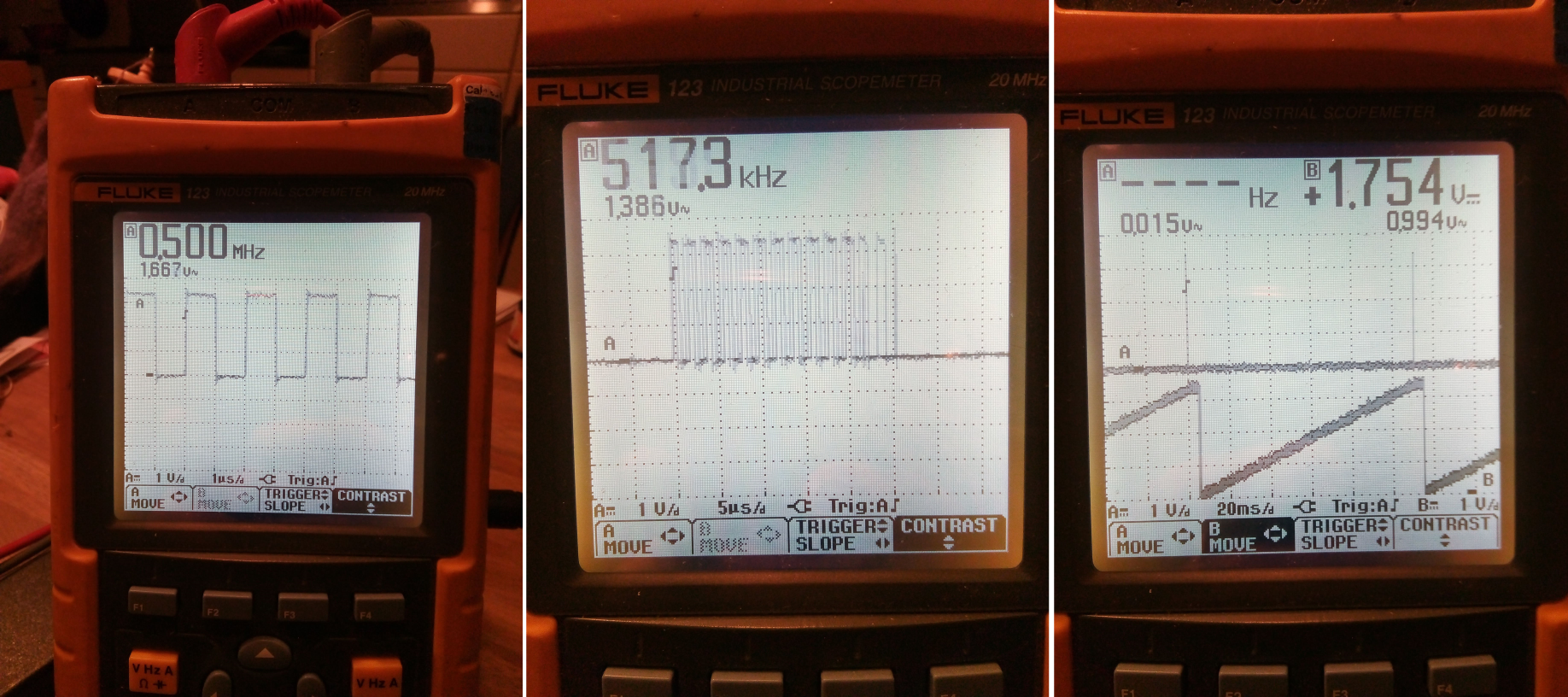

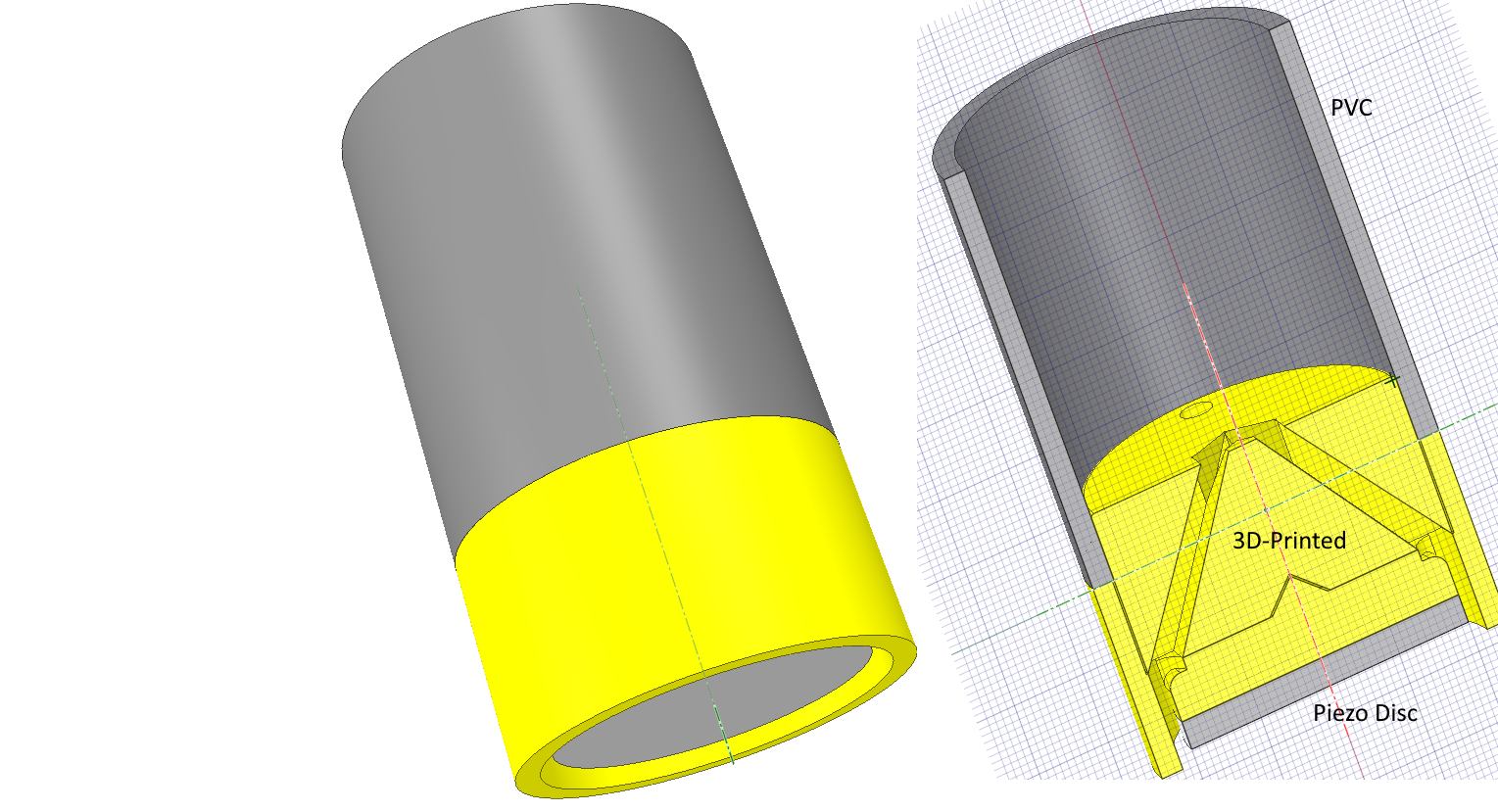
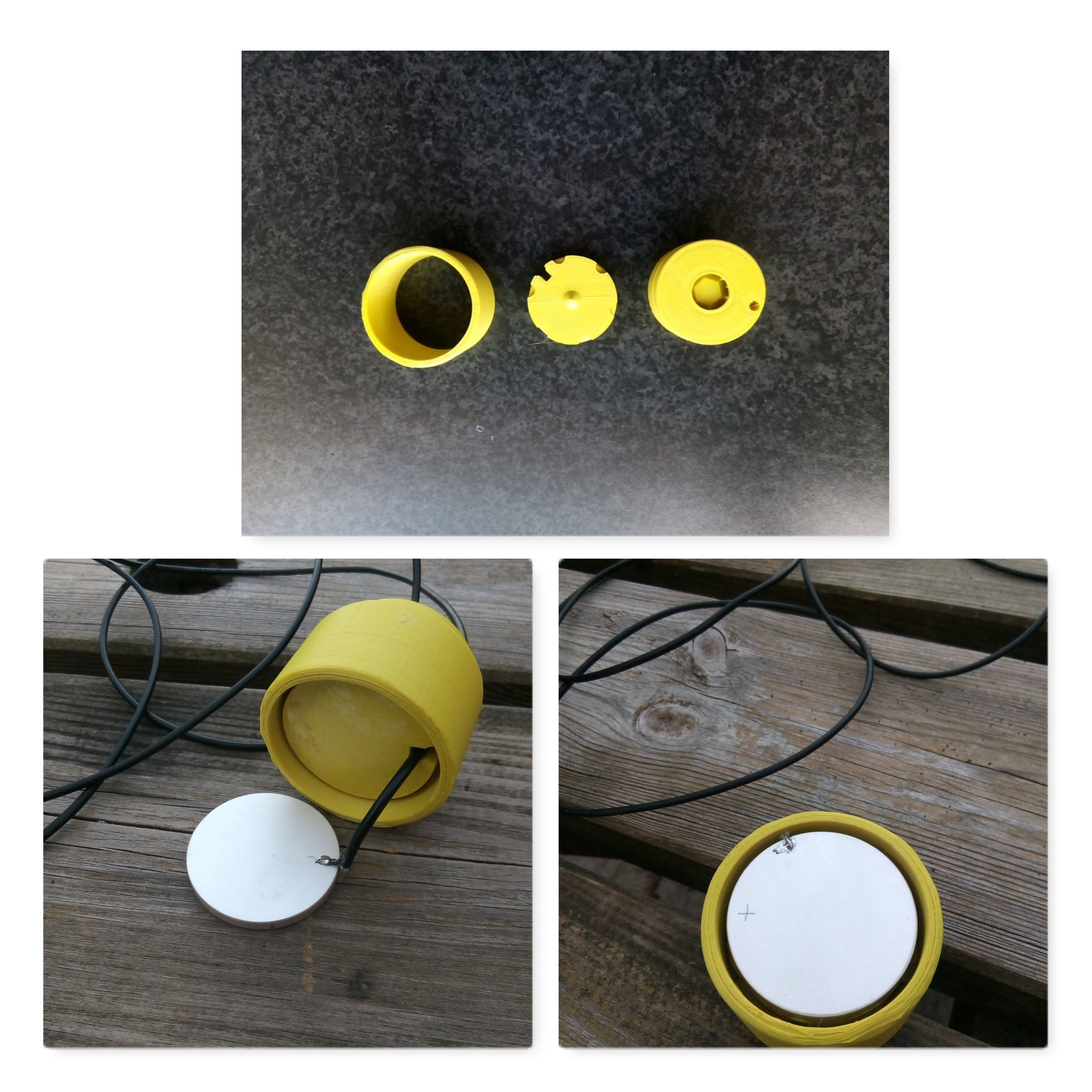
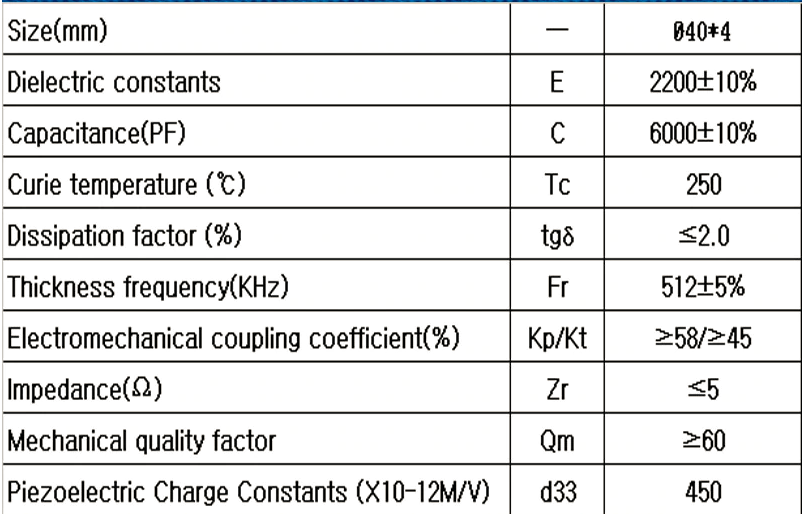 This disc has a 'thickness frequency" of 512 kHz which is a frequency that is commonly used for short / medium range echosounders. Depending on circumstances, ranges of 50 to 100 m should be possible.
This disc has a 'thickness frequency" of 512 kHz which is a frequency that is commonly used for short / medium range echosounders. Depending on circumstances, ranges of 50 to 100 m should be possible.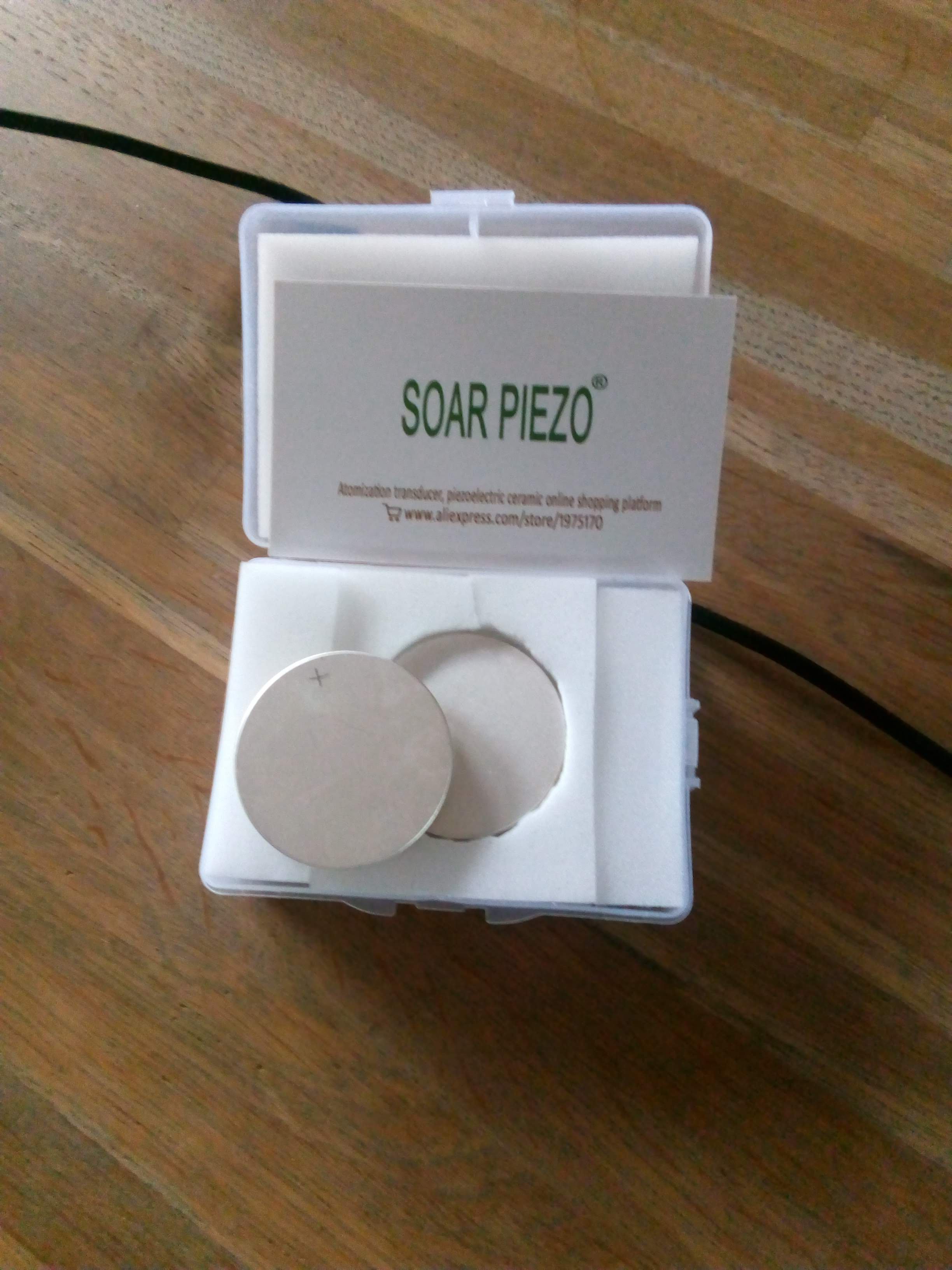






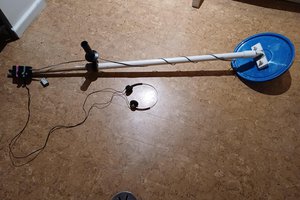
 zaphod
zaphod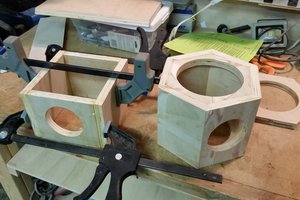
 Sam Pullman
Sam Pullman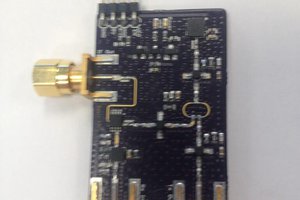
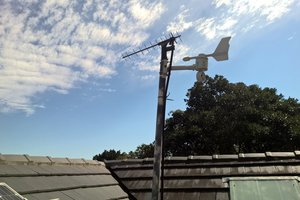
Fantastic! I love this. I'm also currently working on an echo sounder, too. I used one of these "Lucky Fishfinder" and tried to reverse engineer it. So far I got the raw signal from the board and can read it with an Arduino UNO. I get a sample speed of 112uS / sample. Enough for 8cm resolution. The RAM is full after around 900 Stamples, but still enough for 72m depth. I use a 9€ 200kHz transducer from Aliexpress -works fine with the stock fishfinder. I'd love to exchange some thoughts about the electronics part.